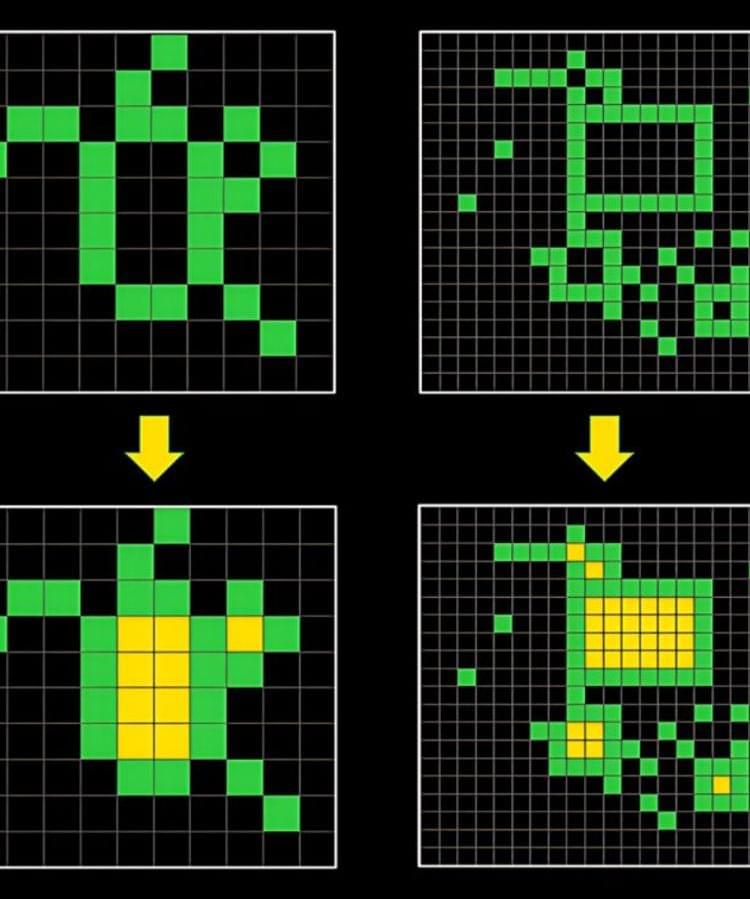Join us on Patreon! https://www.patreon.com/MichaelLustgartenPhDDiscount Links/Affiliates: Blood testing (where I get my labs): https://www.ultalabtests.com/.…
Get the latest international news and world events from around the world.



An AI walks into a bar… Can artificial intelligence be genuinely funny?
We asked a professional comedian to deliver some jokes written by artificial intelligence on stage. What happened reveals a lot about just how much machines understand the very human sense of humour.
Karen Hobbs was more nervous than usual before this particular gig. A well-known circuit comedian, she’s accustomed to the UK’s often bruising stand-up comedy scene. It’s eclectic, unpredictable and famously short on pity-laughs. Hobbs has tackled some of the most unforgiving rooms in Britain, from major London theatres to the back rooms of rural pubs. She has even triumphed within the dreaded competition circuit, in which a merciless audience votes in a gladiatorial popularity contest for the funniest gags.
But this Thursday night in late June, above the Covent Garden Social Club bar in Central London, Hobbs was about to attempt something totally new. She would take to the stage equipped not with her usual material, but with a stand-up set written for her by the AI platform ChatGPT. Most daunting of all, she would follow three comedians doing their actual, human material.

New technique measures superconductivity at very high pressures
In 1911, Heike Kamerlingh Onnes discovered the first superconductor, metallic mercury when cooled to a critical temperature of 4.2 Kelvin, where it conducts electricity without resistance. Ever since materials scientists have been on a quest to better understand the phenomenon and whether other elements and materials have higher critical temperatures that could make them useful for practical electricity transport, with the holy grail being ambient temperature.


Study identifies protein that affects health of gut microbiota and response to bacterial infection
Future studies can now be designed to understand the discovery in greater depth and use it to develop treatments. “The essential next step is to investigate the efficacy of IL-22BP inhibitors in animal models and possibly in clinical trials to treat severe intestinal infections,” Fachi said. Another possibility will be to explore how different types and quantities of food fiber affect short-chain fatty acid production. “The composition of gut microbiota in the absence of IL-22BP can provide valuable information,” he added.
Gut microbiota modulation may benefit other intestinal inflammatory conditions, such as Crohn’s disease and ulcerative colitis, as well as infections caused by other pathogens.
“Finding out how IL-22 interacts with other molecules and immune system cells in the absence of IL-22BP will help us better understand its function in intestinal immunity. Future studies could transform our understanding of the role of these proteins in intestinal health and lead to the development of novel therapeutic strategies to prevent and treat intestinal infections,” Vinolo said.
Biggest Schrödinger’s cat experiment ever
Non-personalized content and ads are influenced by things like the content you’re currently viewing and your location (ad serving is based on general location). Personalized content and ads can also include things like video recommendations, a customized YouTube homepage, and tailored ads based on past activity, like the videos you watch and the things you search for on YouTube. We also use cookies and data to tailor the experience to be age-appropriate, if relevant.
Select “More options” to see additional information, including details about managing your privacy settings. You can also visit g.co/privacytools at any time.
Dystopian Horror Story “The Tunnel Under The World” | Full Audiobook | Sci-Fi Classic
Guy Burckhardt finds himself trapped in a perplexing and eerie reality, waking up to the same day, June 15th, over and over again. The world around him seems laced with an uncanny artificiality, and bizarre, aggressive advertisements abound. Desperate to escape this mysterious loop, Guy embarks on a tense journey to uncover the truth, only to stumble upon a shocking revelation about his existence and the world he inhabits. Frederik Pohl’s tale is a labyrinthine enigma, a suspenseful exploration of reality, manipulation, and the clandestine machinations of unseen forces.
Join this channel to get access to perks:
/ @thedarkcosmos1
Sign up for future TDC updates:
https://forms.gle/aw8WhM8c9EsR6HjQ8
🏆 CREDITS
Written by:
Frederick Pohl | https://www.gutenberg.org/files/31979…
Thumbnail Art by:
Ellysiumn | https://www.deviantart.com/ellysiumn/.…
Co-Produced by Charles Giles.